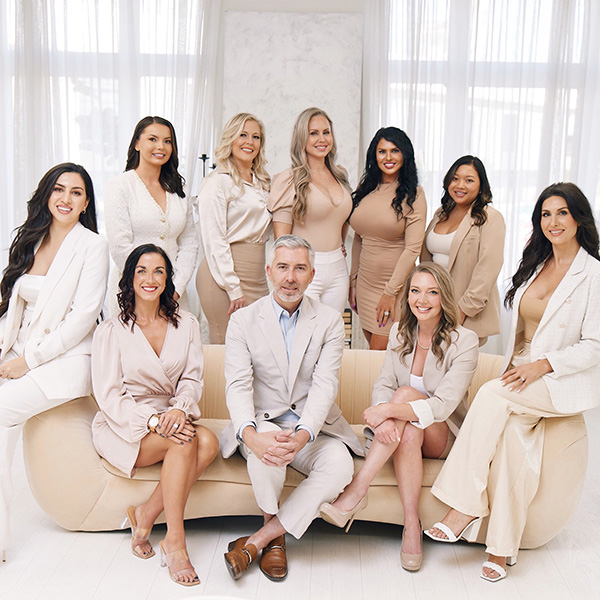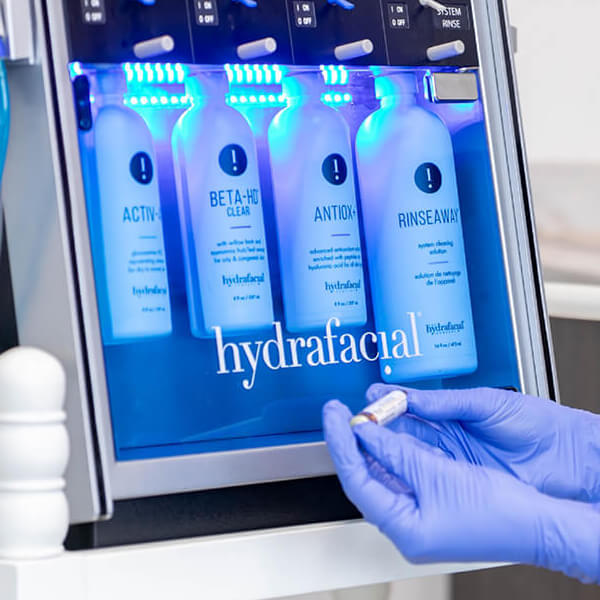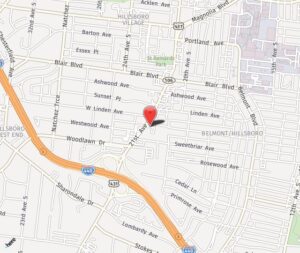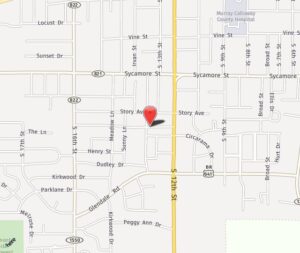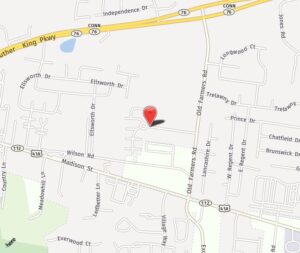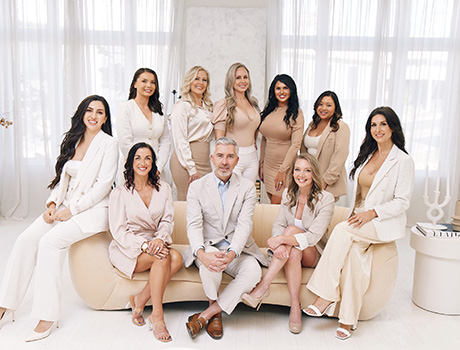Microneedling remains one of the most popular skin treatment options, for good reason. In the hands of a skilled provider, this minimally invasive treatment effectively improves a variety of skin concerns from fine lines and wrinkles to discoloration, acne and other scars. And microneedling is convenient, with short treatment sessions and minimal downtime.
Best of all, results are not only noticeable but long-lasting.
Ultimately, Results Depend on At-Home Care
To get the best results from microneedling, you have to think of the treatment as a partnership between you as patient, and your provider. They use their professional knowledge and skill to deliver the highest quality, tailored treatment based on your goals. Your job starts once they are done, with aftercare that ensures your skin can heal comfortably and naturally without risk of damage or infection.
What does that mean?
It takes about a week for your skin to recover from microneedling treatment, getting better every day as healing progresses. You can support that process by doing all the right things and avoiding things that might cause problems. So we’ve created this guide to help you navigate that first week, with day-by-day tips and recommended products.
Day One – Immediately Following your Treatment
Microneedling pricks the skin, creating invisible wounds that trigger healing. In response, your skin will likely feel tight and dry, maybe as if you have a mild sunburn. Because the tiny wounds are fresh, there is a risk of infection.
What to do?
- Hands off! Fingers can transfer bacteria or other microbes to your skin or irritate tender skin, so try not to touch your face.
- Gently cleanse your skin with a simple, mild product. If your treatment ended with an application of specialized serums, you may be advised not to wash your face at all until those products have had plenty of time to penetrate the skin.
- After cleansing, apply serum (we will recommend the right product for you) or a gel that will protect your skin while allowing it to breathe.
- You may also apply a moisturizer that is oil- and fragrance-free if your skin feels really dry.
What to avoid?
- Any type of exercise and also steamy areas (hot showers, hot tubs or saunas) that can cause sweating, as that can clog your pores and invite infection. Strenuous exercise also reduces blood flow needed for healing by redirecting it to your muscles.
- Direct sun exposure. If you must venture out, wear a high-SPF sunscreen + moisturizer and also a wide-brimmed hat to shade your face.
- Wearing makeup, as these products can also transfer bacteria or dirt and clog pores. The same is true for masks, so if you normally wear a protective mask, skip that until your skin has healed.
- Skincare treatments that can cause irritation. That includes scrubbing or exfoliation, massage, waxing, peels and laser treatments plus tools such as gua sha or jade rollers.
- Products that contain potentially harsh active ingredients. That includes retinoids, alpha-hydroxy acids (AHAs) and beta-hydroxy acids (BHAs), vitamin C and fragrances.
- Anti-inflammatory medications such as ibuprofen. This might seem counter-intuitive, but the healing process actually depends on the body’s natural inflammation, which helps support wound sites.
Days 2 and 3
By the next day after treatment, your skin will look a little more sunburned – pink or red. Some patients also notice bruising, swelling or scratches, and some say their skin still feels tight and/or dry. These are signs your skin is beginning to heal. It’s important to continue following the same gentle, minimal skincare regimen outlined above.
What else can you do?
- Apply a serum that contains hyaluronic acid, which will help hydrate your skin – but make you choose a product that is free of the ingredients noted above.
- Drink water, lots of it. The serum can help, but your body’s natural hydration process and healthy skin cell production rely on water intake.
What to avoid?
Again, all the no-no’s noted above.
Days 4 and 5
Your skin should be looking more normal by now, as post-treatment reactions subside. That’s not to say your skin won’t still feel tender, rough or dry, but it will be less noticeable. At this point, some patients see peeling or milia, which are tiny white bumps. Peeling is simply natural exfoliation, and the milia will go away.
What to do?
- Begin adding back skincare routines. Start slowly, with gentle cleansers and products such as hydrating serums and moisturizers that do not contain any of the harsh ingredients mentioned above.
- Light exercise is OK now, but if you notice your skin feeling sensitive, stop. Cleanse your face after any exercise to immediately remove sweat, etc. from the skin surface.
- Makeup is OK now, too, but check with your provider to be sure. If you do choose to wear makeup this soon, keep it light.
- Drink water. Lots of water.
What to avoid?
- No unnecessary touching! This is still important, not only to prevent germ transfer but because fiddling with your skin or picking at peeling areas can interfere with healing (maybe even final results). Give your skin time to heal on its own, rather than trying to rush it.
- Stay out of the sun – or, if you can’t avoid it, use sunscreen and wear a hat as noted earlier.
- Continue to stay away from active ingredients as well as irritating treatments and tools. Your skin is still not ready to handle them, so you could delay healing.
Day 6
Healing is well underway by now, so your skin should look and feel much improved. But it still needs extra support. If you’re still peeling, take heart – this is a sign of healthy skin cell turnover, exactly what you wanted from microneedling.
What to do?
- It’s now safe to start using skincare products with active ingredients again, assuming redness and sensitivity are gone. Reintroduce products one at a time so you don’t overwhelm your still-recovering skin. If adding a product causes a relapse of irritation or sensitivity, call your provider.
- Keep hydrating. If you haven’t already started applying a hyaluronic acid serum, do that now. You can use a heavier moisturizer now, too.
- Wear makeup, if you want to do that and haven’t already restarted this routine. To help keep things light, you might look for a tinted sunscreen that can give your skin a more uniform appearance without regular foundation.
What to avoid?
- No unnecessary touching! Yes, you must touch your skin to cleanse your face and apply skincare products, but try to keep your hands away otherwise. Avoiding short-term temptation will give you better results in the long run.
- Continue to skip irritating treatments and tools.
Day 7
In just this one week, your skin has made quite the transformation. Post-treatment healing is complete and you probably already see improvement in your skin’s texture. This is just the beginning – as your body continues to produce new collagen and healthy skin cells over the next several weeks, improvement will become more noticeable.
You can resume your pre-treatment skincare routine now. But wait on any new treatments that might irritate your skin.
Microneedling can produce great results. The key is to choose a skilled professional provider and to follow up their efforts with your own at-home aftercare treatment regimen.
Let Us Guide You
We pride ourselves on customizing a recovery plan for everyone, no matter which procedure or treatment they choose. Microneedling is a popular treatment and we are well versed in how to help you heal quickly and thoroughly. When you sit down with our skilled aestheticians, they will get you set up with all of the skin care you will need to aid this healing process. In the meantime, take a look at the wonderful products we offer in our online store.

